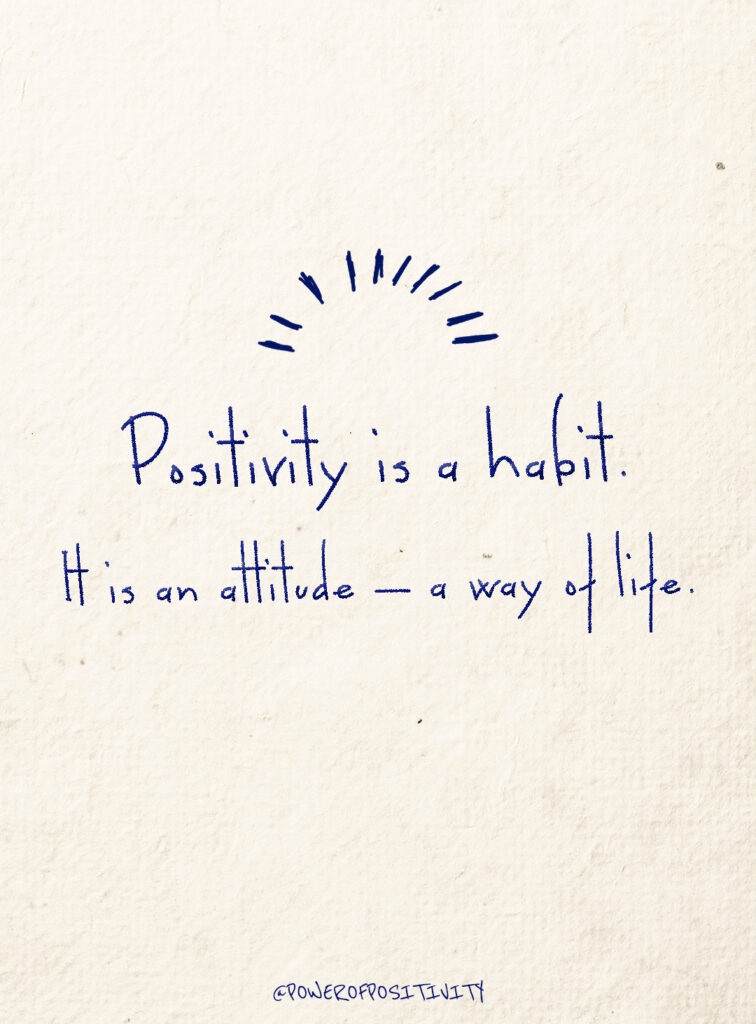When someone walks away from narcissistic relationships, the hardest part usually begins afterward. These relationships can leave deep emotional bruises — not always visible, but painfully real. Constant manipulation, control, and criticism slowly chip away at self-worth until you start doubting your own feelings and memories.
Healing from that kind of pain isn’t as simple as moving on. Leaving may end the contact, but it doesn’t quiet the noise left inside — the guilt, the confusion, or the fear of trusting again. Therapists often remind survivors that real recovery comes through structure and care: learning how to regulate emotions, process trauma safely, and rebuild the sense of self that was taken away piece by piece.
The good news? Healing is absolutely possible. With the right tools, guidance, and self-awareness, you can reclaim your confidence and peace of mind. Each step forward becomes proof that recovery isn’t instant — it’s intentional.
Understanding the Impact of Narcissistic Abuse
Living through narcissistic relationships often leaves people questioning their reality. What makes these relationships so damaging is the constant mix of control, manipulation, and emotional confusion. Survivors describe feeling drained — not just emotionally but mentally and physically.
Emotional and Cognitive Effects:
- Feeling unsure about what’s real because of years of gaslighting.
- Losing confidence and second-guessing your own decisions.
- Constantly walking on eggshells to avoid conflict or criticism.
Physiological and Psychological Trauma:
- Prolonged stress activates the body’s “fight, flight, or freeze” response.
- Some experience symptoms that mirror post-traumatic stress, like flashbacks, insomnia, or emotional numbness.
- Even after leaving, the nervous system can stay on high alert for danger that’s no longer there.
Recognizing these effects is the first sign of healing. It proves that your pain is valid — it’s not “just in your head.” Understanding how narcissistic relationships affect both mind and body gives survivors the foundation to begin recovery with compassion instead of self-blame.
The Role of Therapy in Recovery
Therapy gives survivors of narcissistic relationships a structured, safe space to rebuild what was lost — peace, confidence, and trust in themselves. After years of invalidation, many people need a place where they can finally speak freely and feel believed.
How Therapy Supports Healing:
- Validates experiences that were minimized or denied.
- Teaches coping tools for managing anxiety, anger, and guilt.
- Helps reshape the distorted beliefs planted by the abuser.
Therapist Collaboration:
- Sessions are personalized to your needs — no one heals the same way.
- Therapists focus on triggers, rebuilding identity, and learning healthy boundaries.
- Recovery is gradual but deeply empowering when done with professional support.
Once survivors feel ready to seek help, therapy becomes a bridge between pain and progress. It offers both structure and compassion — the two things most missing in narcissistic relationships — helping survivors reclaim their emotional balance and self-respect.
10 Therapist-Approved Steps to Heal After a Narcissistic Relationship
These practical, therapist-backed steps help survivors move from confusion to clarity, one small but meaningful action at a time.
1. Acknowledge What Happened Without Blame
The first step toward healing is facing the truth without self-judgment. Narcissists often twist situations to make you believe you were the problem. Recognizing that what you endured was manipulation and control restores power to your side. Acknowledgment isn’t weakness — it’s the start of self-respect and emotional clarity.
2. Prioritize Emotional Safety and Stability
Healing begins with feeling safe again. This may mean cutting off contact with the narcissist or setting strict communication limits if that’s not possible. Simple things like deep breathing, grounding exercises, and connecting with supportive people can help the body feel calm again. Emotional safety creates the base for all recovery work.
3. Work With a Trauma-Informed Therapist
A trauma-informed therapist understands how deeply narcissistic relationships affect both the brain and body. They help you process painful memories safely using proven methods like Cognitive Behavioral Therapy (CBT), EMDR, or Somatic Therapy. With professional help, the pain becomes something you can face without reliving it.
4. Rebuild Your Sense of Identity
Years of manipulation can make you forget who you are. Start reconnecting with yourself by journaling, trying hobbies you once enjoyed, or writing down your core values. In therapy, these small moments of self-recognition rebuild the confidence and independence lost during the relationship.
5. Set and Reinforce Healthy Boundaries
Boundaries protect your peace. They define what you will and won’t accept. A therapist can teach assertive communication and help you read your body’s early warning signs when limits are crossed. Clear boundaries prevent old patterns from repeating and create space for healthier relationships.
6. Address Self-Blame and Internalized Guilt
Many survivors blame themselves for “allowing” the abuse. That’s part of the manipulation. Therapy helps separate your true self from the guilt the narcissist planted. Exercises that challenge negative thoughts and build self-compassion allow survivors to finally release shame and feel lighter.
7. Practice Emotional Regulation and Grounding
When emotions feel too strong, grounding helps bring calm. Techniques like breathing slowly, holding something textured, or naming things you can see and hear bring your body back to the present. Therapists often recommend these tools to reduce panic, intrusive thoughts, and emotional flooding.
8. Rebuild Self-Esteem and Self-Worth
After narcissistic relationships, self-esteem often hits rock bottom. Healing this part involves daily habits that remind you of your worth — gratitude journaling, affirmations, celebrating small wins, and noticing your strengths. Over time, self-worth grows from the inside, not from anyone’s approval.
9. Redefine Future Relationships Through Healthy Models
Learning what love should look like helps prevent future pain. Healthy relationships include mutual respect, empathy, and shared effort. Therapy can help identify red flags early and guide you toward partners who value your boundaries, not test them.
10. Commit to Continuous Self-Care and Growth
Healing isn’t a one-time project — it’s a lifelong practice. Keep nurturing yourself through rest, routines, mindfulness, and ongoing therapy. Growth may come in waves, but each wave brings new strength. Therapists remind survivors that consistency, not perfection, creates lasting change.
Reconnecting With Yourself Beyond the Relationship
Once you break free from narcissistic relationships, it’s time to reconnect with the real you — the version that existed before manipulation took over. Start saying yes to things that make you feel alive again, like painting, walking outside, or spending time with friends who make you laugh. Every small joy rebuilds the sense of identity that was taken away.
When you reconnect with yourself, life starts to make sense again. The confusion fades, and you begin to trust your feelings. That’s the moment you realize healing isn’t about them — it’s about you finding peace again.
When to Seek Professional Help
Sometimes self-healing isn’t enough. If you find yourself stuck in cycles of fear, sadness, or self-blame, therapy can help. You may need professional support if you notice:
- Persistent anxiety or flashbacks.
- Emotional numbness or sudden panic.
- Trouble trusting or connecting with others.
- Feeling lost even after leaving the relationship.
A licensed therapist uses proven methods like CBT or EMDR to help survivors process trauma safely. There’s no shame in asking for help — it’s one of the bravest steps in recovery. Healing from narcissistic relationships may take time, but with the right support, you’ll never have to do it alone.
Building a Supportive Environment for Long-Term Healing
Therapy helps, but so does the environment you build for yourself every day.
- Spend time with people who make you feel safe and heard.
- Join survivor support groups or online communities.
- Keep a consistent daily routine that includes rest, reflection, and self-care.
- Create peaceful spaces at home — even small rituals like morning tea or music can calm the mind.
When your environment supports your healing, your inner world begins to stabilize too. The peace you create on the outside reflects the peace you’re rebuilding inside. That’s the quiet strength that grows after narcissistic relationships — one healthy choice at a time.
Final Thoughts on Healing After Narcissistic Relationships
Healing from narcissistic relationships isn’t about forgetting what happened — it’s about learning from it and becoming stronger. Each boundary you set and each therapy session you attend is a step toward reclaiming your peace. Recovery doesn’t happen overnight, but it does happen for those who stay consistent and kind to themselves.
Therapists often say healing begins when survivors stop trying to fix the past and start focusing on their future. Every bit of progress, no matter how small, is proof of your resilience — and that’s something worth holding onto.















